The Elephant Bush (Portulacaria afra), also known as the “Dwarf Jade Plant,” is a versatile and easy-to-care-for succulent that makes a beautiful addition to both indoor and outdoor gardens. Its small, glossy leaves and trailing growth habit make it an attractive choice for containers, hanging baskets, and as a bonsai specimen.
Light Requirements
- Indoors: Place your Elephant Bush in a bright location with indirect sunlight. It can tolerate lower light levels but will thrive and grow more vigorously in bright, indirect light.
- Outdoors: If grown outdoors, the Elephant Bush prefers partial shade to full sun. Avoid exposing it to harsh, direct midday sun, which can scorch the leaves.
Watering
- Frequency: Water your Elephant Bush thoroughly when the top inch of soil feels dry to the touch. During the growing season (spring and summer), it may need watering once every 1-2 weeks. Reduce watering frequency in the fall and winter when the plant is dormant.
- Method: Ensure the pot has good drainage to prevent water from pooling at the bottom, which can lead to root rot. Allow excess water to drain away completely after watering.
Soil
- Use a well-draining succulent or cactus potting mix. You can also make your own mix by combining regular potting soil with sand or perlite to improve drainage.
Temperature and Humidity
- Temperature: The Elephant Bush prefers temperatures between 65-80°F (18-27°C) during the day and slightly cooler at night. It is not frost-tolerant and should be brought indoors if temperatures drop below 50°F (10°C).
- Humidity: This plant can tolerate a range of humidity levels but prefers a dry environment. Avoid placing it in overly humid areas.
Fertilization
- Feed your Elephant Bush with a balanced, water-soluble fertilizer diluted to half strength once a month during the growing season (spring and summer). Do not fertilize in the fall and winter when the plant is not actively growing.
Pruning and Propagation
- Pruning: Regular pruning helps maintain the plant’s shape and encourages bushier growth. Trim back leggy stems and remove any dead or damaged leaves.
- Propagation: The Elephant Bush can be easily propagated from stem cuttings. Allow the cut end to dry and callous over for a few days before planting it in well-draining soil. Keep the soil slightly moist until the cutting roots, then follow regular care instructions.
Pests and Problems
- Pests: Watch for common pests such as mealybugs and spider mites. If infestations occur, treat with insecticidal soap or neem oil.
- Problems: Overwatering is the most common problem, leading to root rot. Ensure the soil is dry before watering again, and use pots with good drainage.
By following these care tips, your Elephant Bush will thrive and add a touch of greenery to your home or garden. Its low-maintenance nature makes it an excellent choice for both beginner and experienced gardeners.

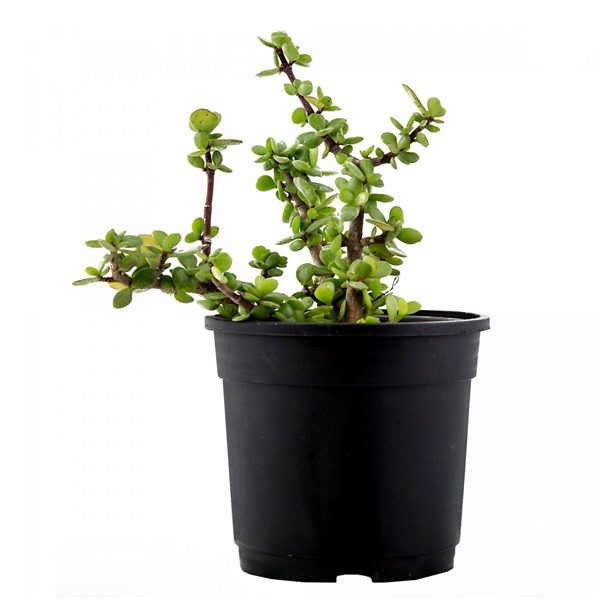
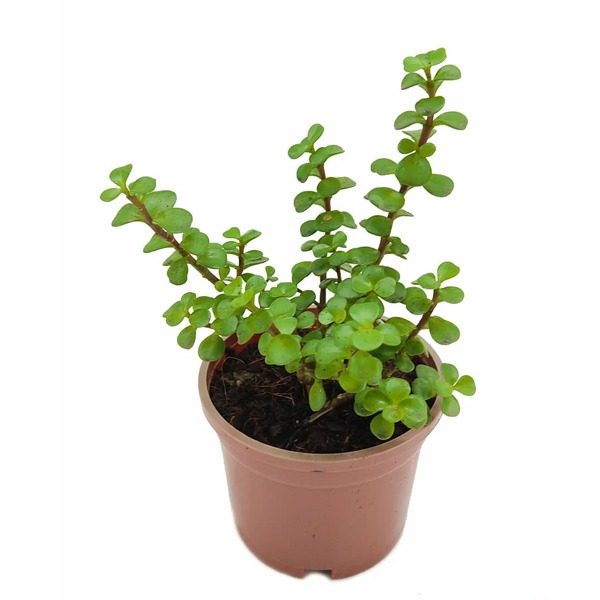
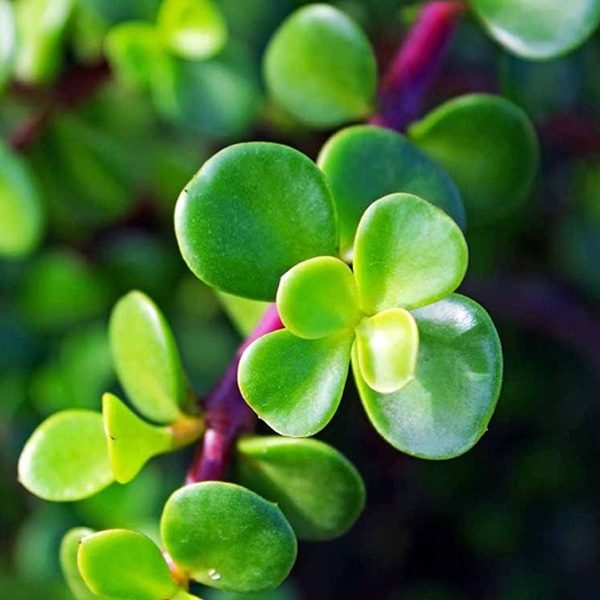

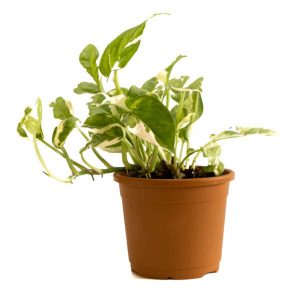
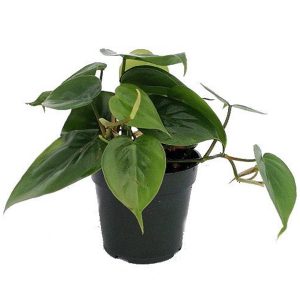
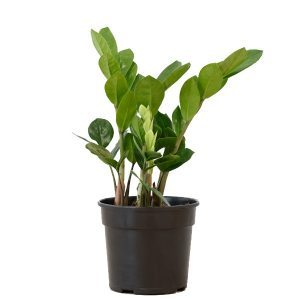
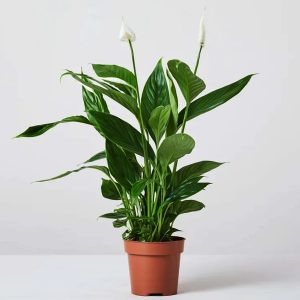
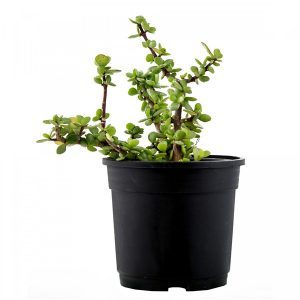
Reviews
There are no reviews yet.